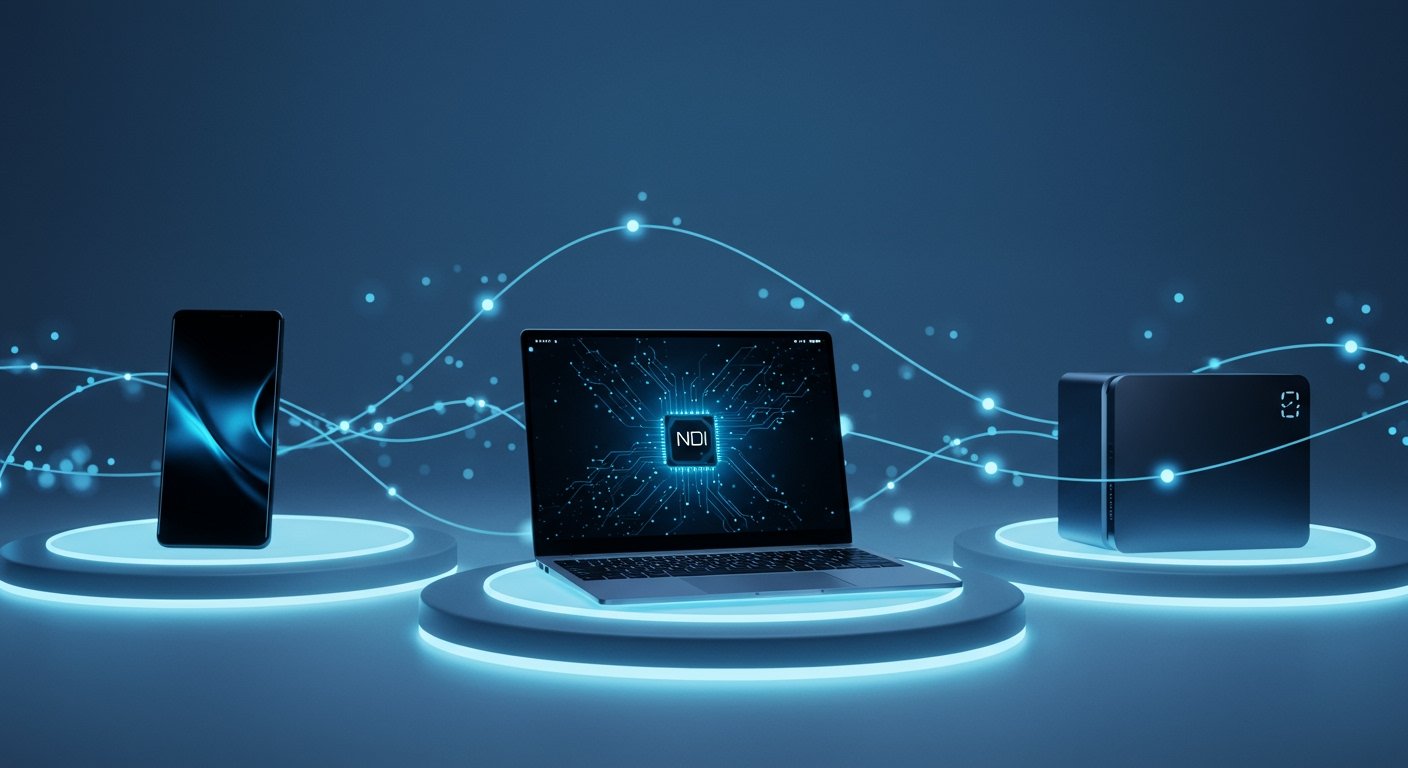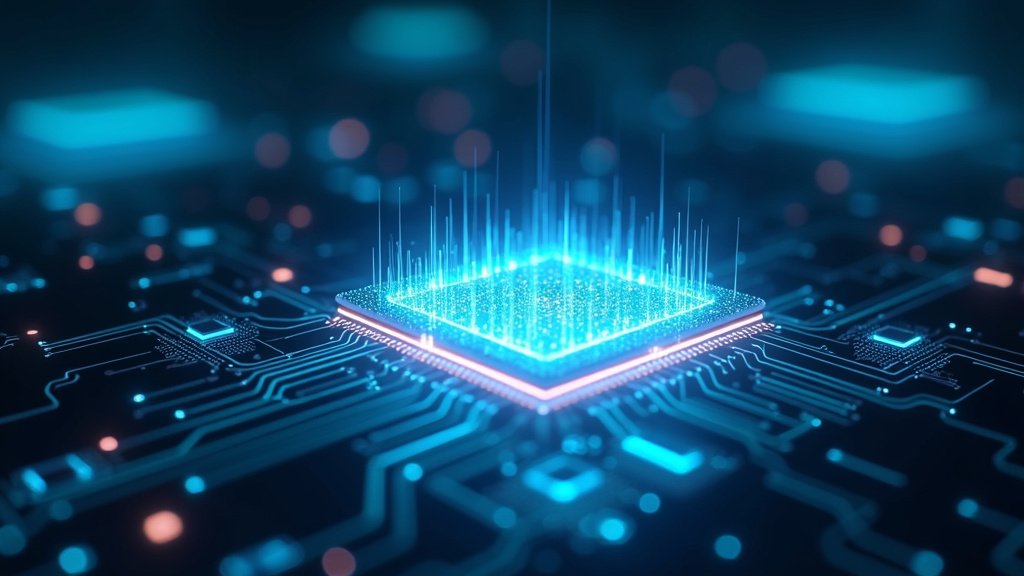The global technology landscape is undergoing rapid transformation as major players unveil ambitious plans and groundbreaking hardware, signaling a new era dominated by artificial intelligence integration, evolving form factors, and enhanced performance across personal computing, mobile devices, and gaming.
Apple’s Evolving iPhone Landscape: From AI Search to All-Screen Dreams
Apple is reportedly charting a course toward a truly seamless, all-screen iPhone experience, with internal timelines pointing towards a potential realization by 2027. This vision is expected to unfold progressively, beginning with the anticipated iPhone 18 Pro, slated for a 2026 release. Rumors suggest this model could feature under-display technology for Face ID while retaining a small punch-hole cutout for the front-facing camera, a transitional step towards fully invisible sensors.
Looking closer, the upcoming 2025 iPhone lineup, expected to be the iPhone 17 series, is also generating significant buzz. Reports indicate Apple may introduce two new variants: an “iPhone 17 Air,” potentially positioning a lighter or distinct model within the range, and an “iPhone 17 Ultra,” suggesting a top-tier offering pushing the boundaries of features and performance beyond current Pro Max models.
Simultaneously, Apple is actively exploring ways to diversify the AI search capabilities integrated into its Safari browser. Discussions have reportedly taken place with several prominent AI firms, including OpenAI, Anthropic, and Perplexity AI, exploring partnerships or licensing agreements that could see search functionalities extend beyond the current primary reliance on Google. Sources close to the matter even suggest Apple has considered the possibility of acquiring Perplexity AI, highlighting the strategic importance placed on advanced AI search integration.
Microsoft Bets Big on AI with New Copilot+ PCs
In the realm of personal computing, Microsoft has launched a new category of devices dubbed “Copilot+ PCs.” These machines are designed from the ground up to leverage artificial intelligence heavily, promising enhanced productivity and creative workflows powered by integrated AI capabilities.
The initial wave of Copilot+ PCs includes Microsoft’s own hardware: a new 12-inch Surface Pro and a 13-inch Surface Laptop. A key defining feature of these devices is the processor. They are powered by Qualcomm’s Snapdragon “X Plus” chip, which crucially includes a built-in Neural Processing Unit (NPU). This NPU is capable of delivering a significant performance of 45 trillion operations per second (TOPS), enabling on-device AI processing for features like real-time translation, image generation, and enhanced search.
Built on the Arm architecture, these new Surface PCs make bold performance claims. Microsoft asserts they are 50% faster than the previous generation of Surface devices. Furthermore, the company has presented data suggesting these Arm-based PCs can outperform Apple’s M3 MacBook Air in specific benchmark tests and real-world tasks, positioning them as formidable competitors in the premium thin-and-light laptop market.
Samsung Prepares Next Generation of Foldable Devices
In the competitive foldable smartphone market, Samsung is gearing up to reveal its latest innovations. The highly anticipated Galaxy Z Fold 7 and Galaxy Z Flip 7 are expected to be formally unveiled around July 9-10. These new models aim to build upon Samsung’s dominance in the foldable space, refining the design and performance of its flagship folding phones.
Early rumors surrounding the Galaxy Z Fold 7 suggest a focus on design evolution, potentially resulting in a thinner device compared to its predecessors. While a thinner profile would enhance portability and aesthetics, speculation indicates this design change might necessitate sacrificing the built-in S Pen support that has been a hallmark feature of recent Fold models, potentially requiring users to carry the stylus separately or rely on external case solutions.
Nintendo Enters New Era with Switch 2 Launch
The gaming world saw a significant shift with Nintendo’s recent hardware debut. The company officially launched the Switch 2 on June 5, 2025, ushering in the next generation of its massively popular hybrid console. The Switch 2 arrives carrying high expectations, aiming to deliver a substantial leap in performance while retaining the core concept of a device that transitions seamlessly between portable and docked modes.
Under the hood, the Switch 2 features a custom Nvidia chip. This processor is designed to offer performance capabilities roughly equivalent to the PS4 Pro-class, a notable upgrade from the original Switch. Crucially, the chip supports advanced rendering technologies including DLSS (Deep Learning Super Sampling) and ray tracing, promising more detailed and visually impressive graphics in compatible games, even in its portable form factor.
The console also boasts an upgraded display. It features a larger 8-inch screen compared to the original Switch, maintaining a 1080p resolution but now supporting a faster 120Hz refresh rate, enabling smoother motion and potentially more responsive gameplay.
These concurrent developments across major tech companies underscore a period of intense innovation, driven by advancements in silicon design, artificial intelligence, and evolving user expectations for device capabilities and form factors.




